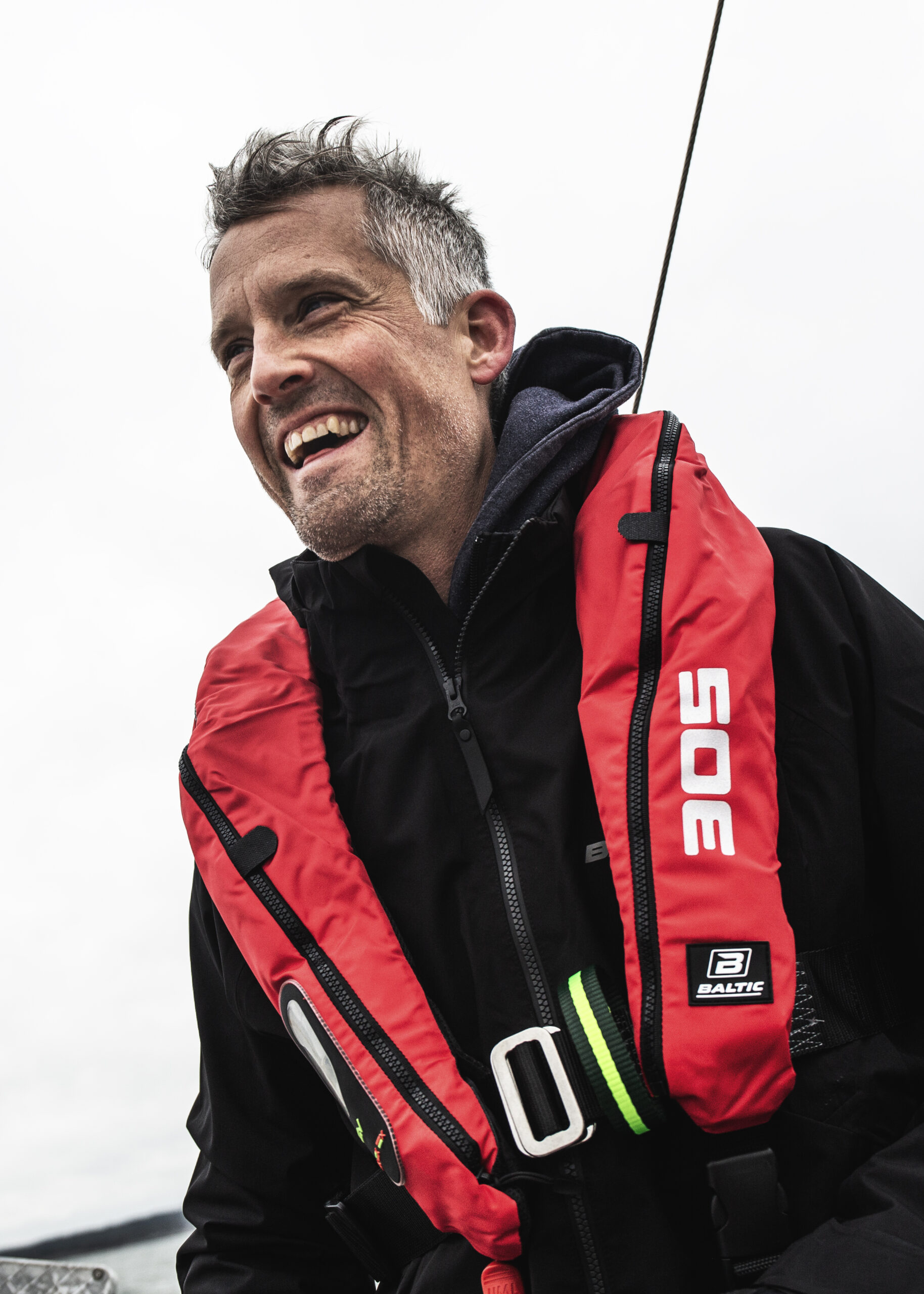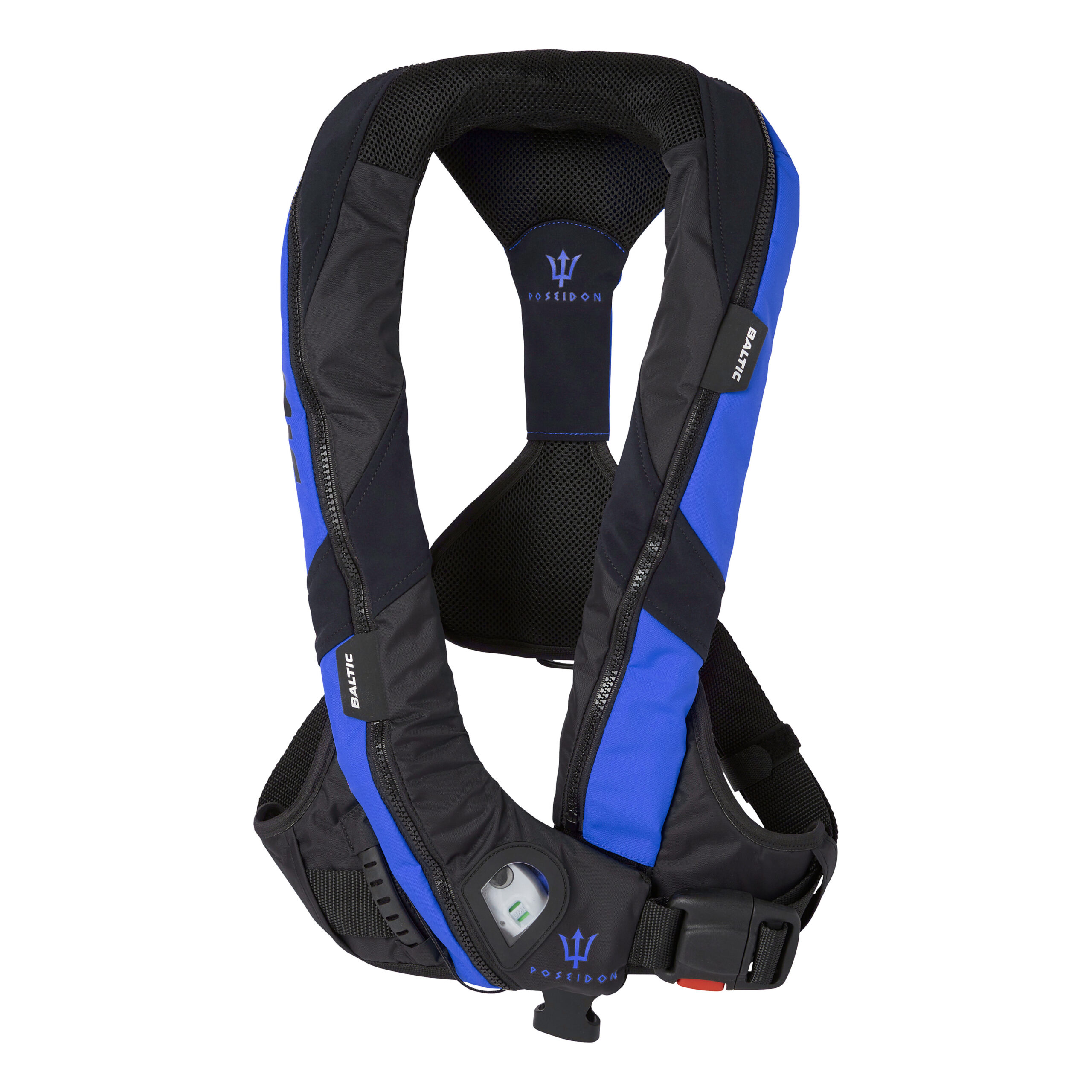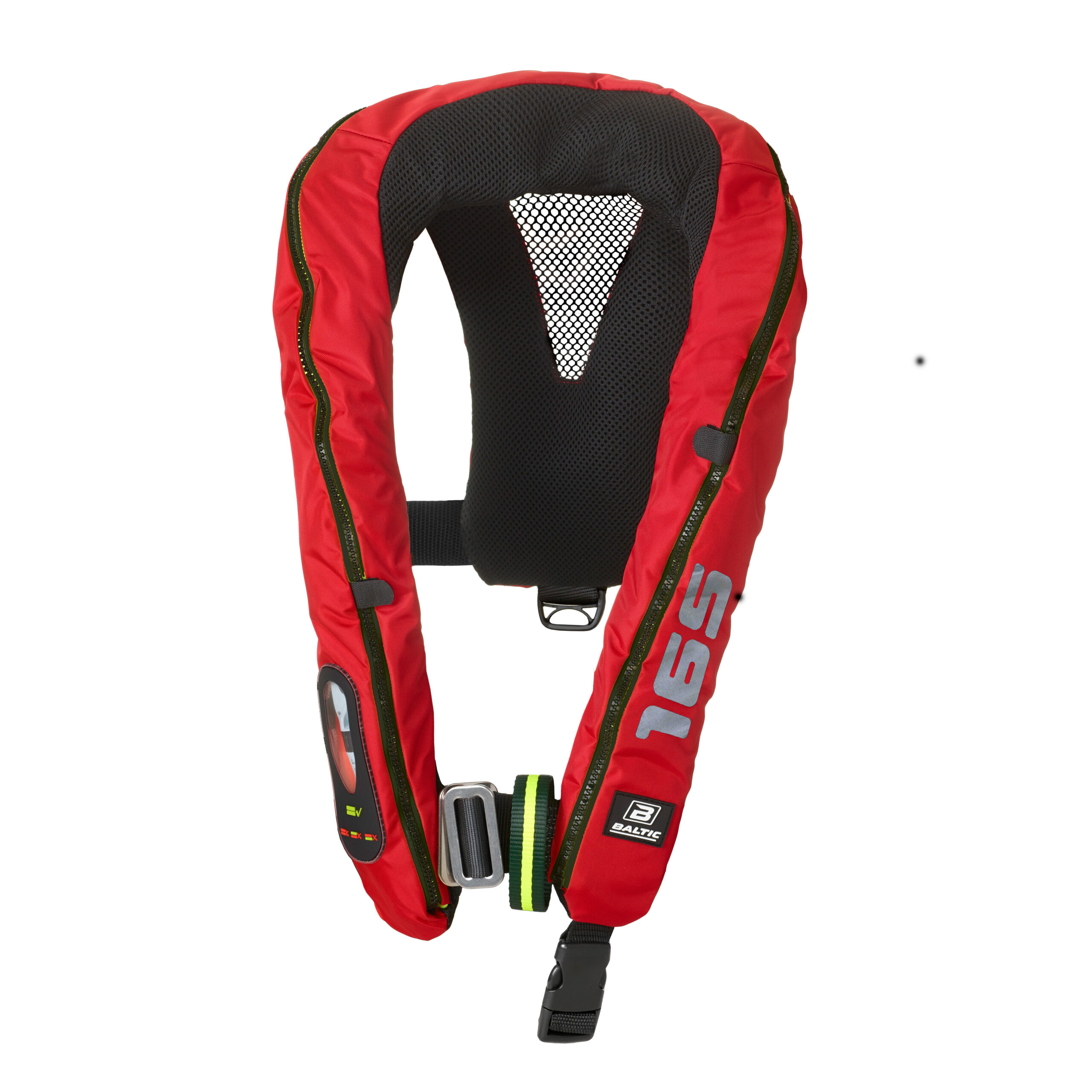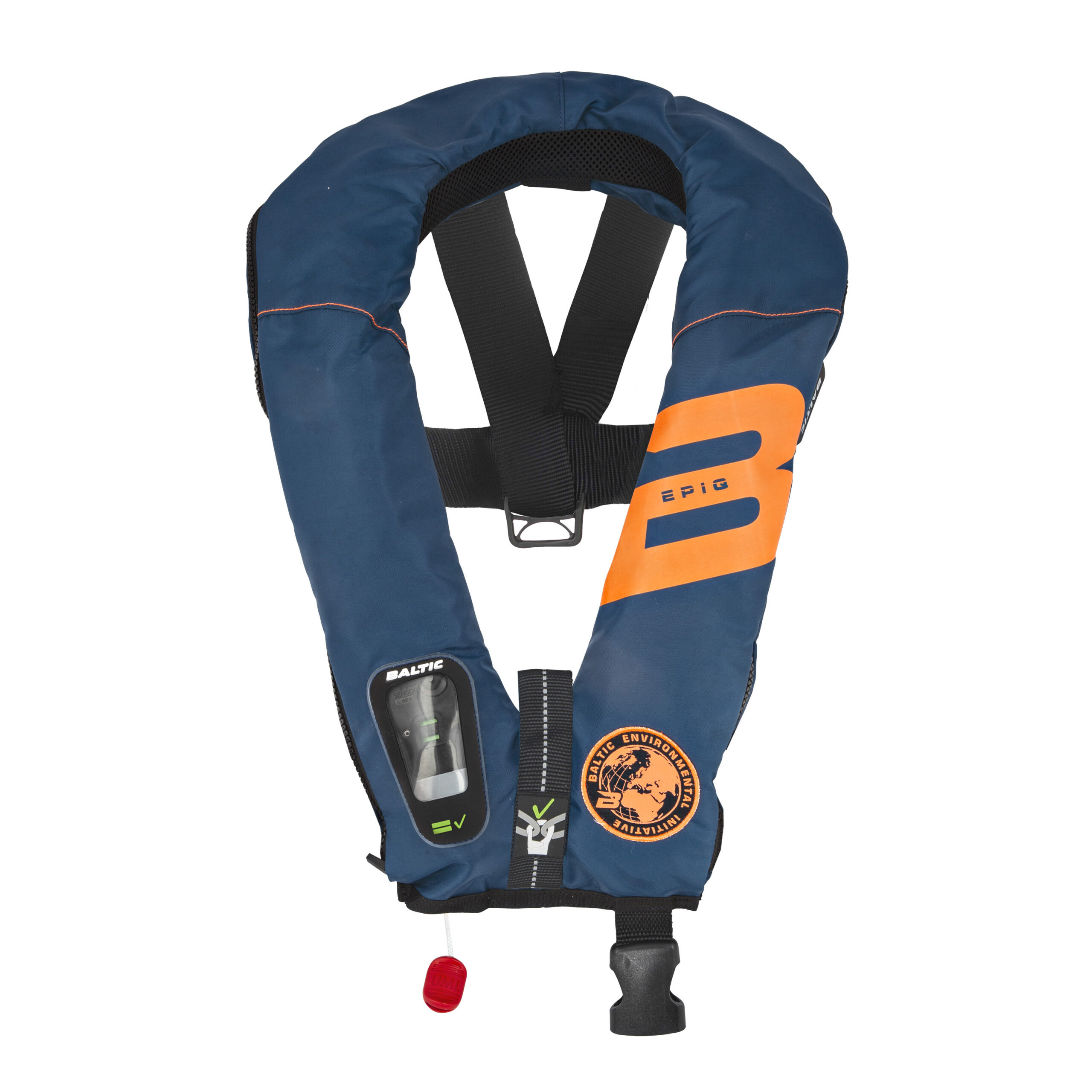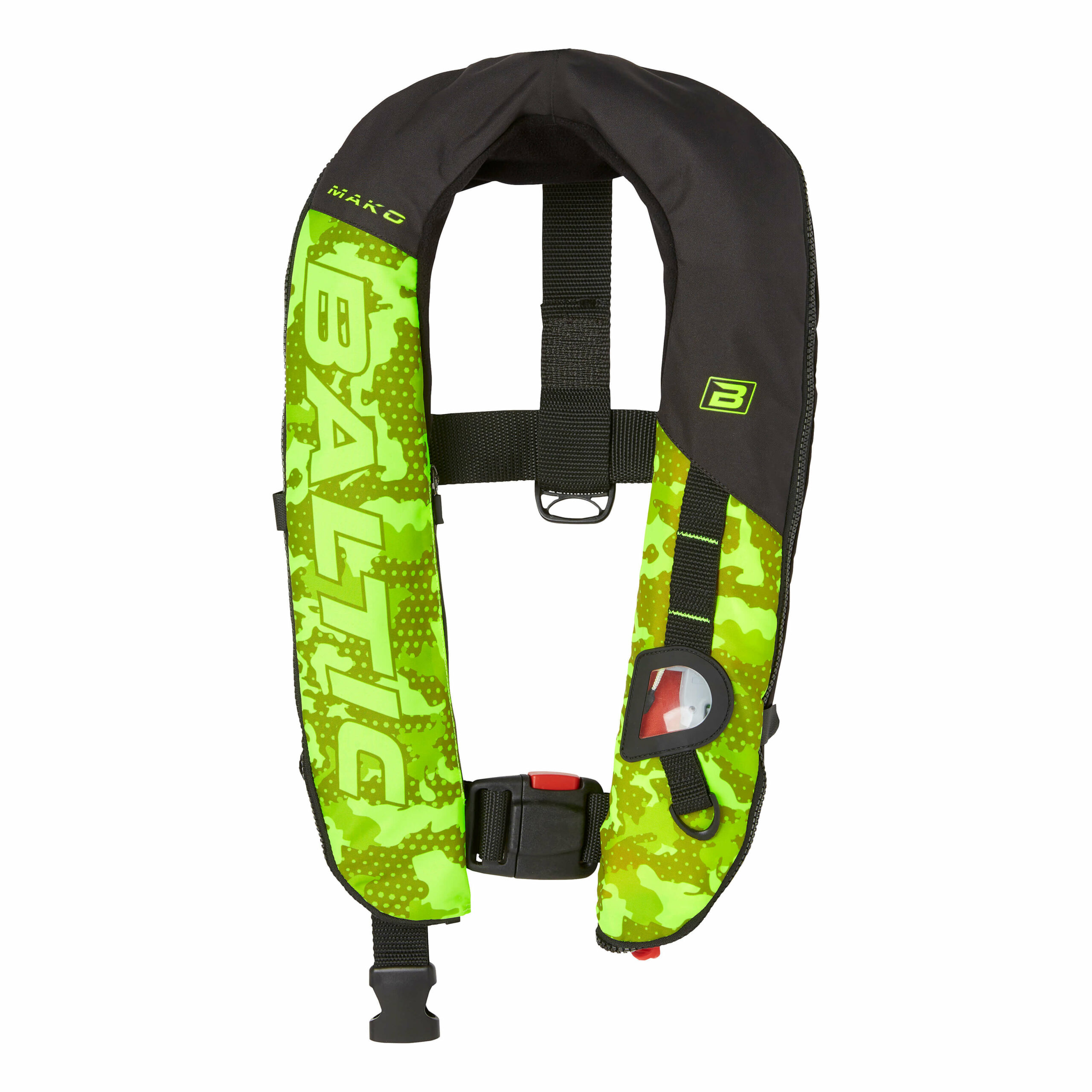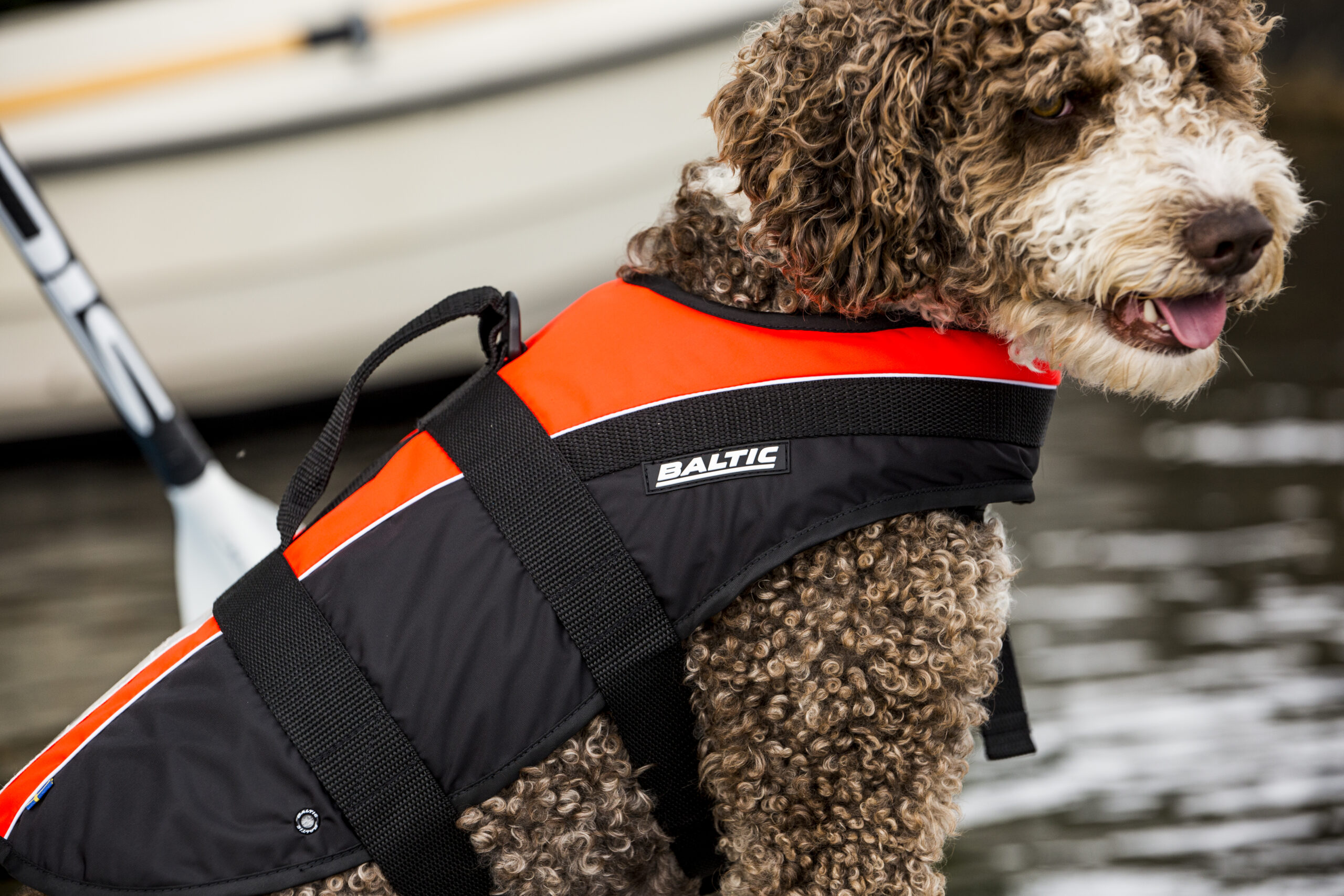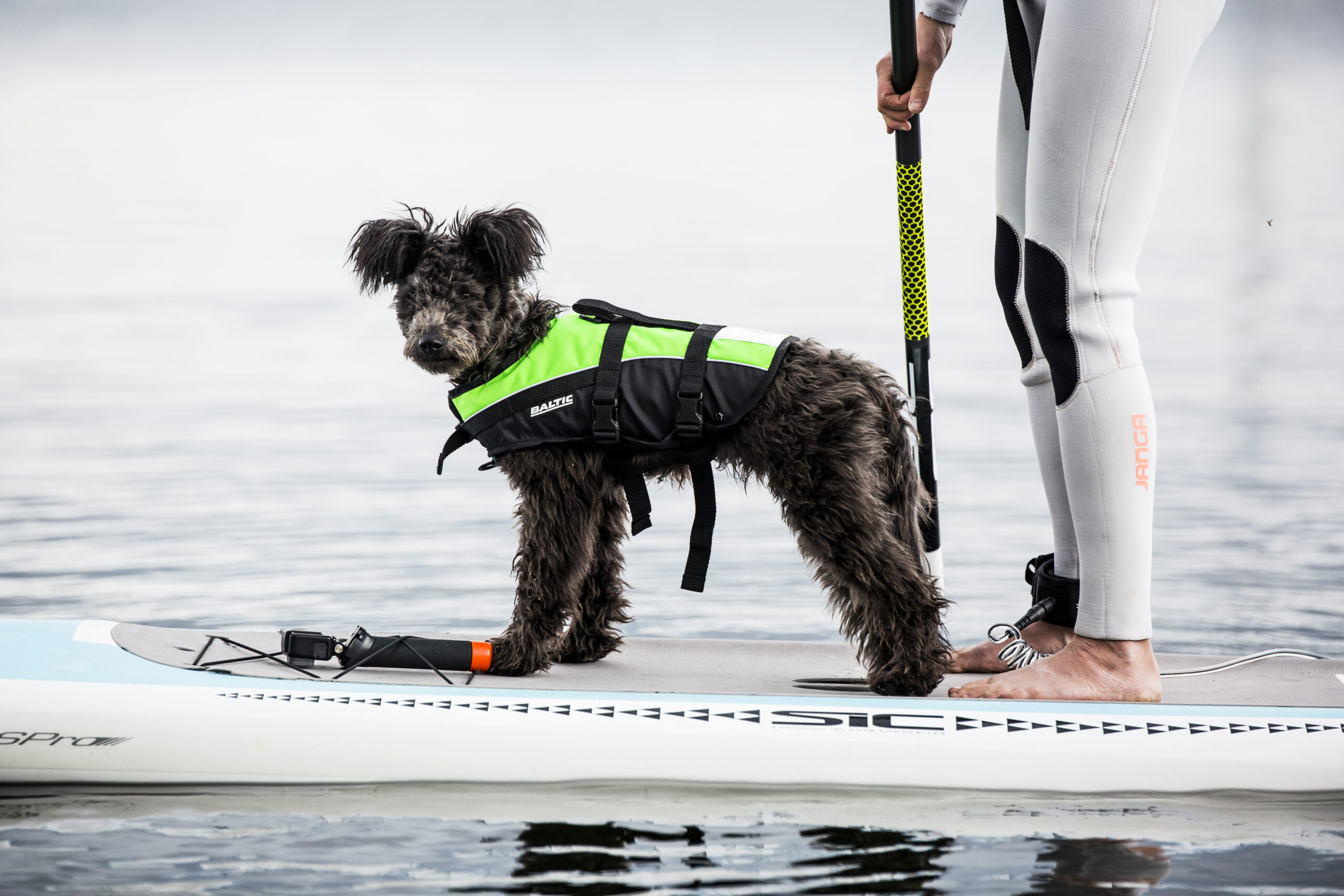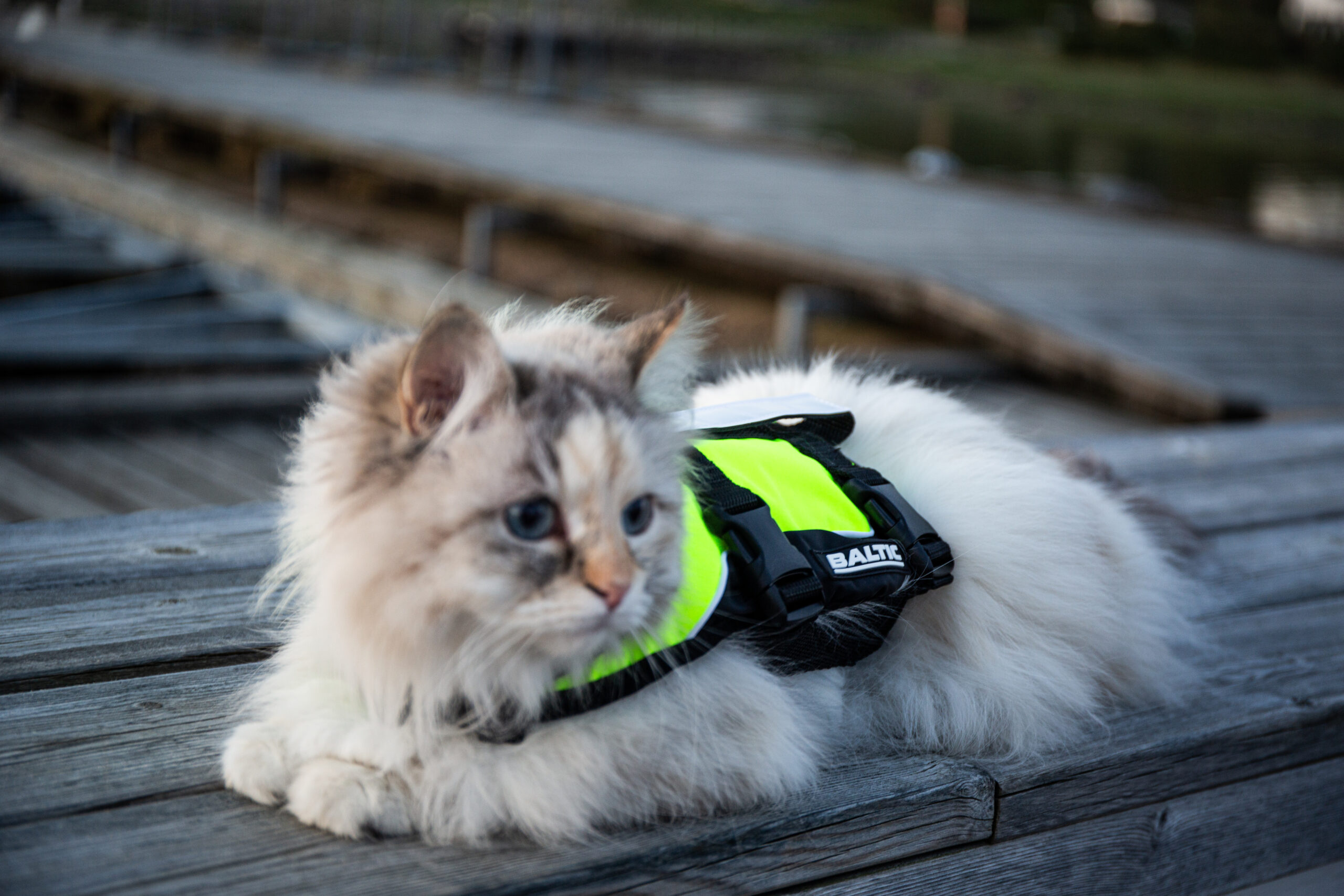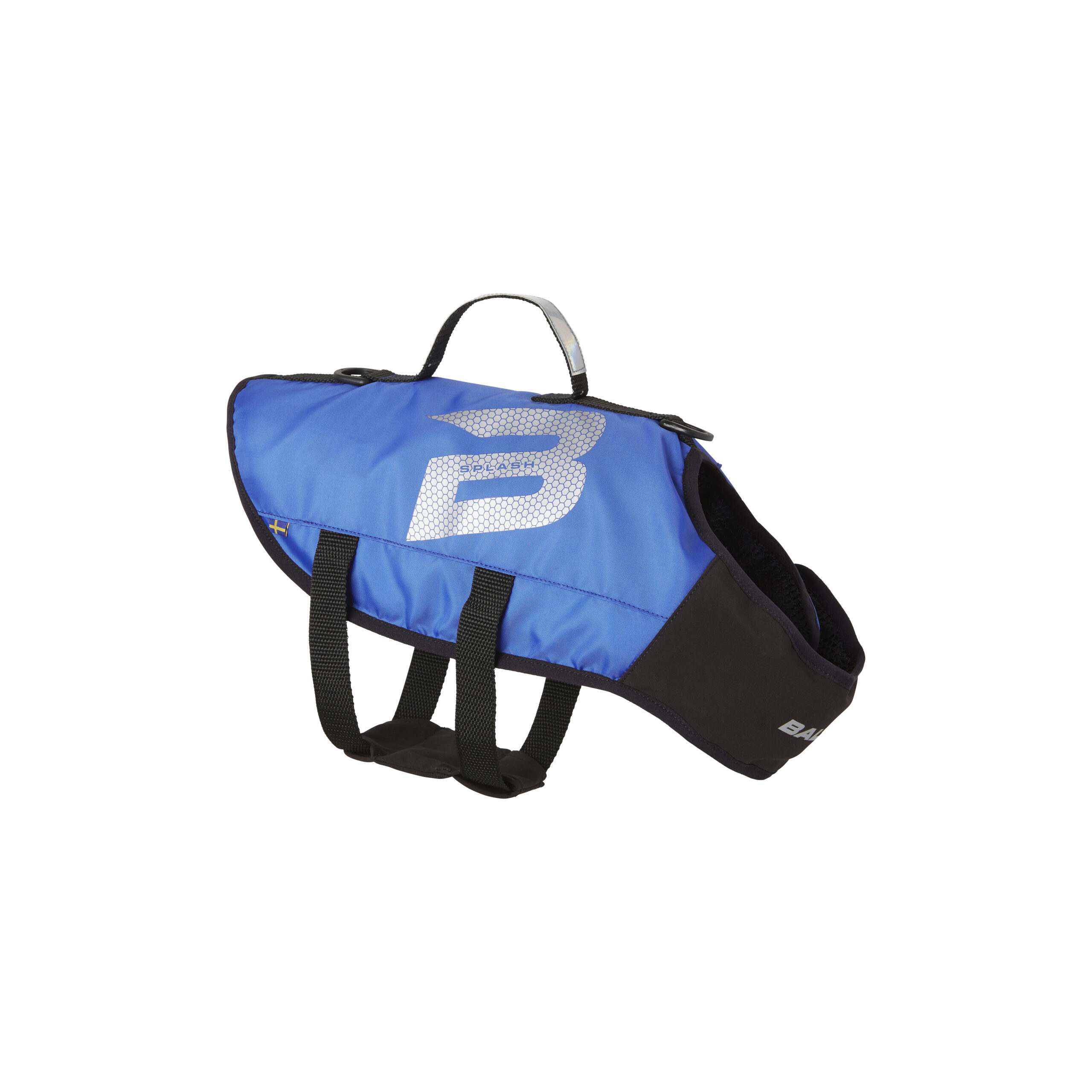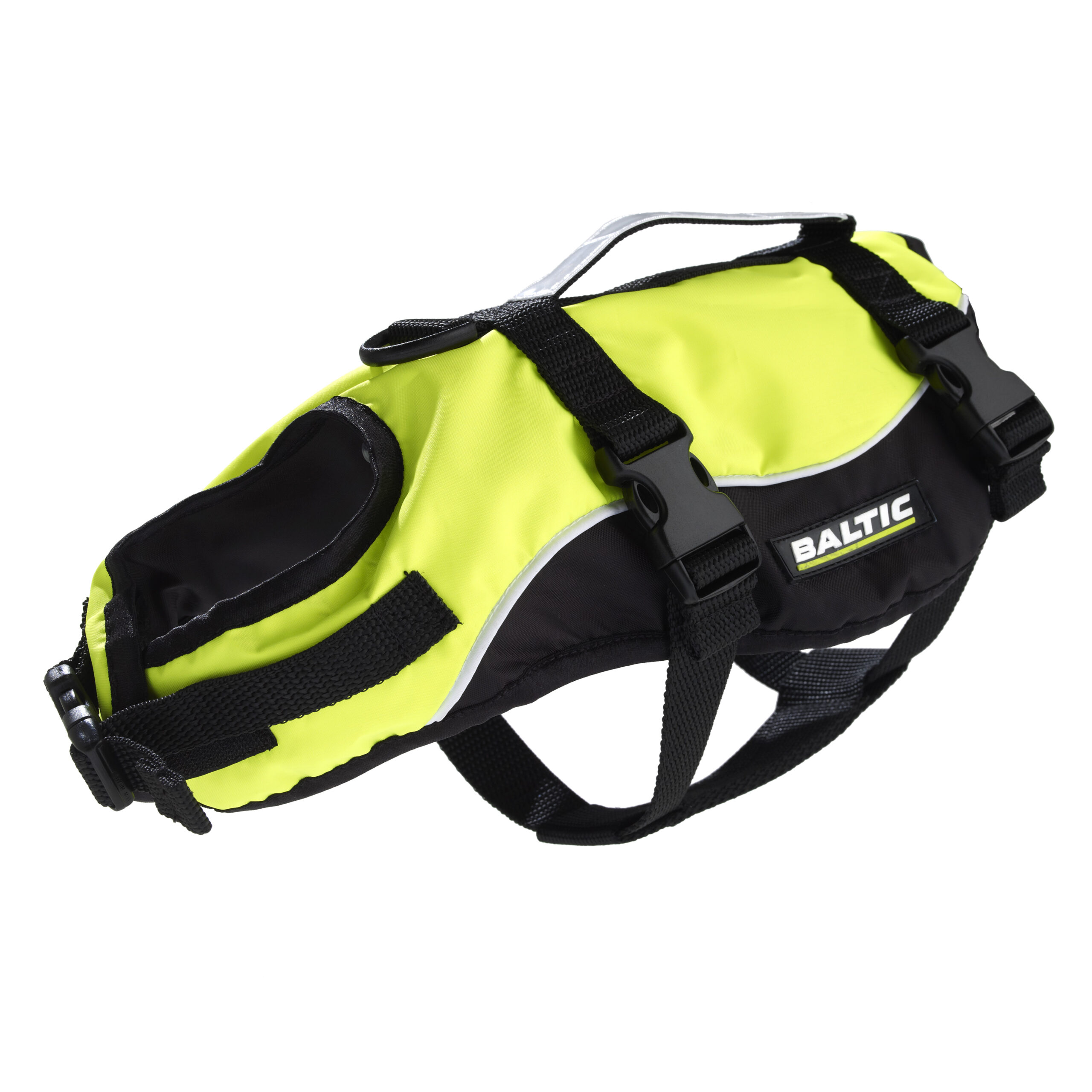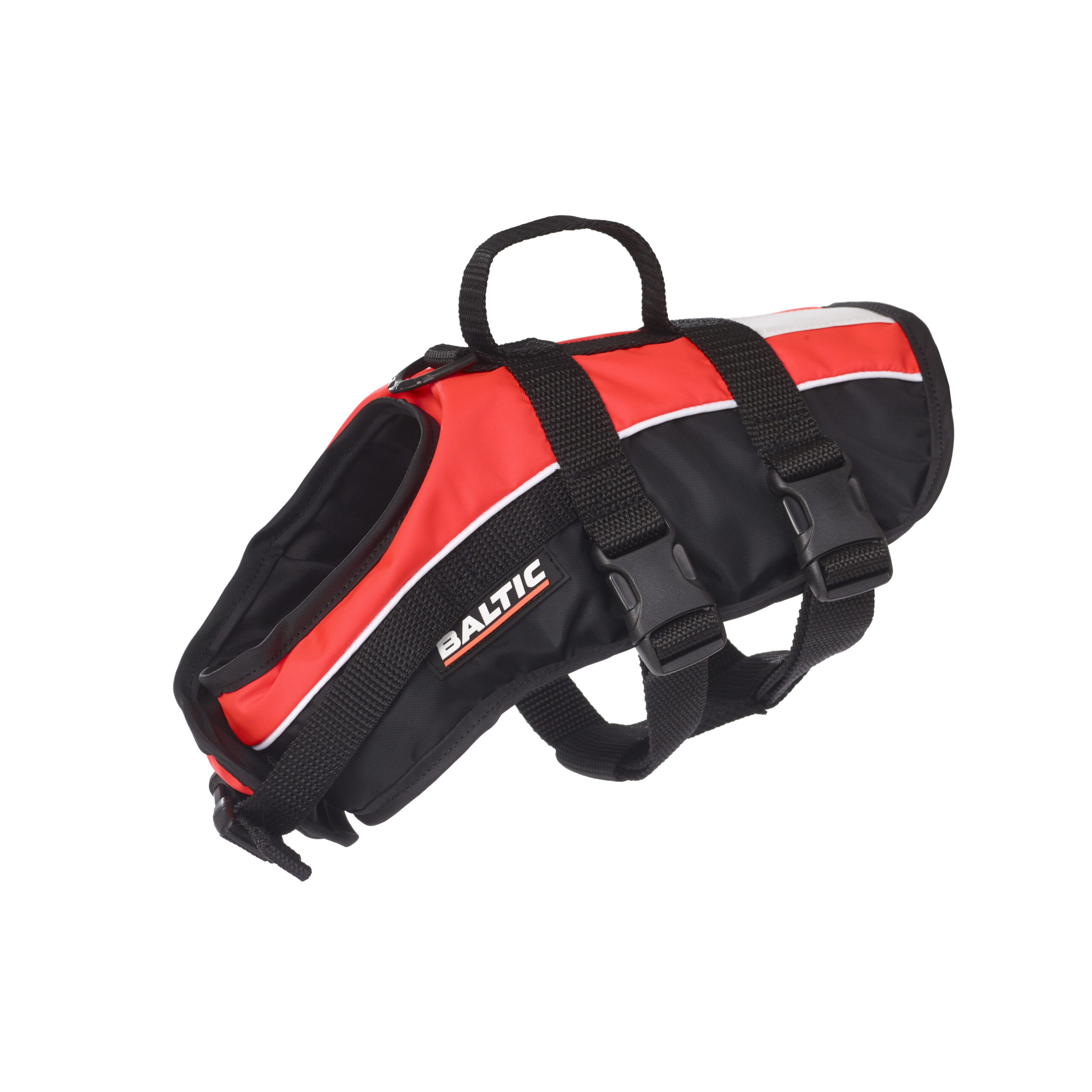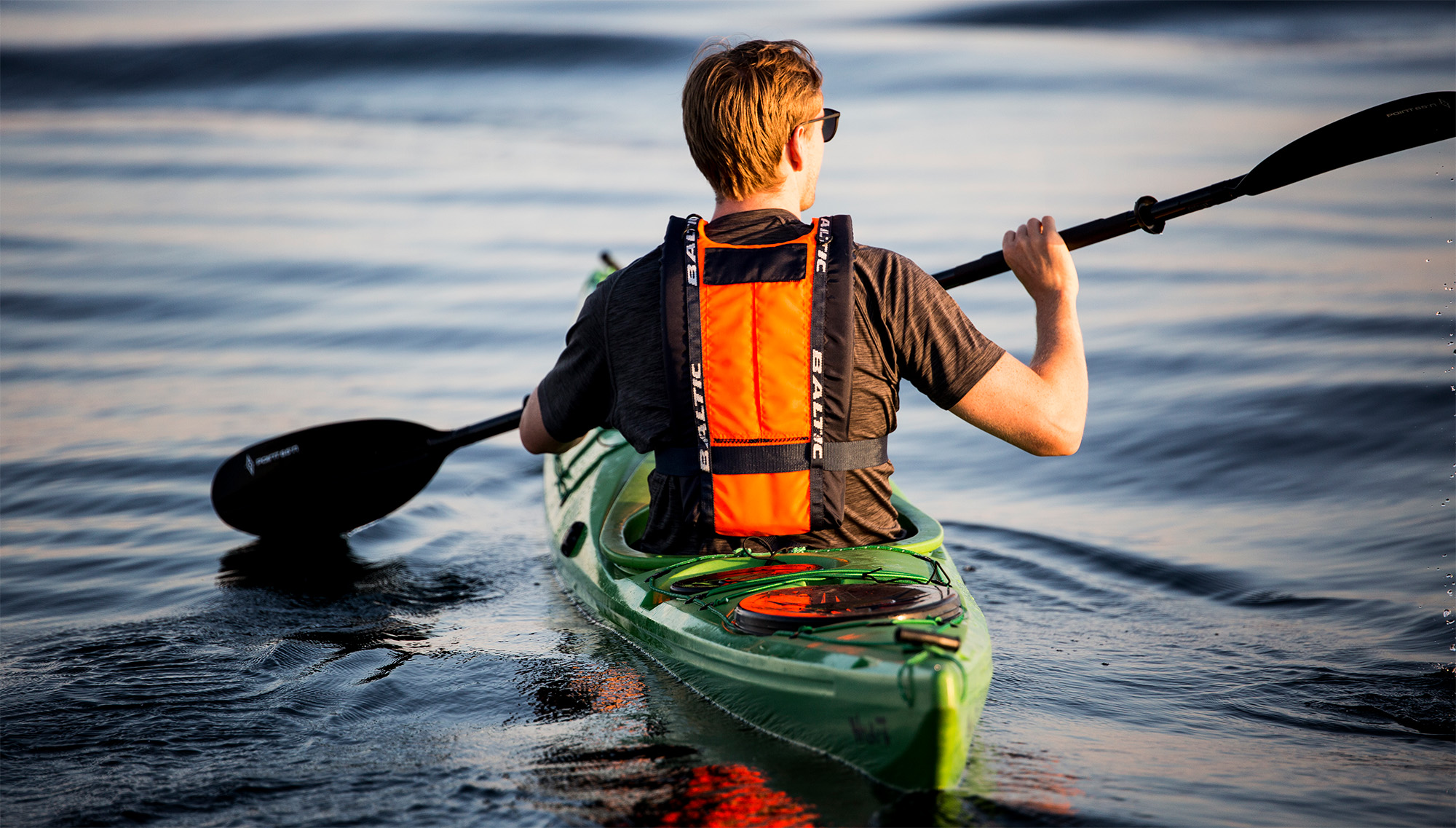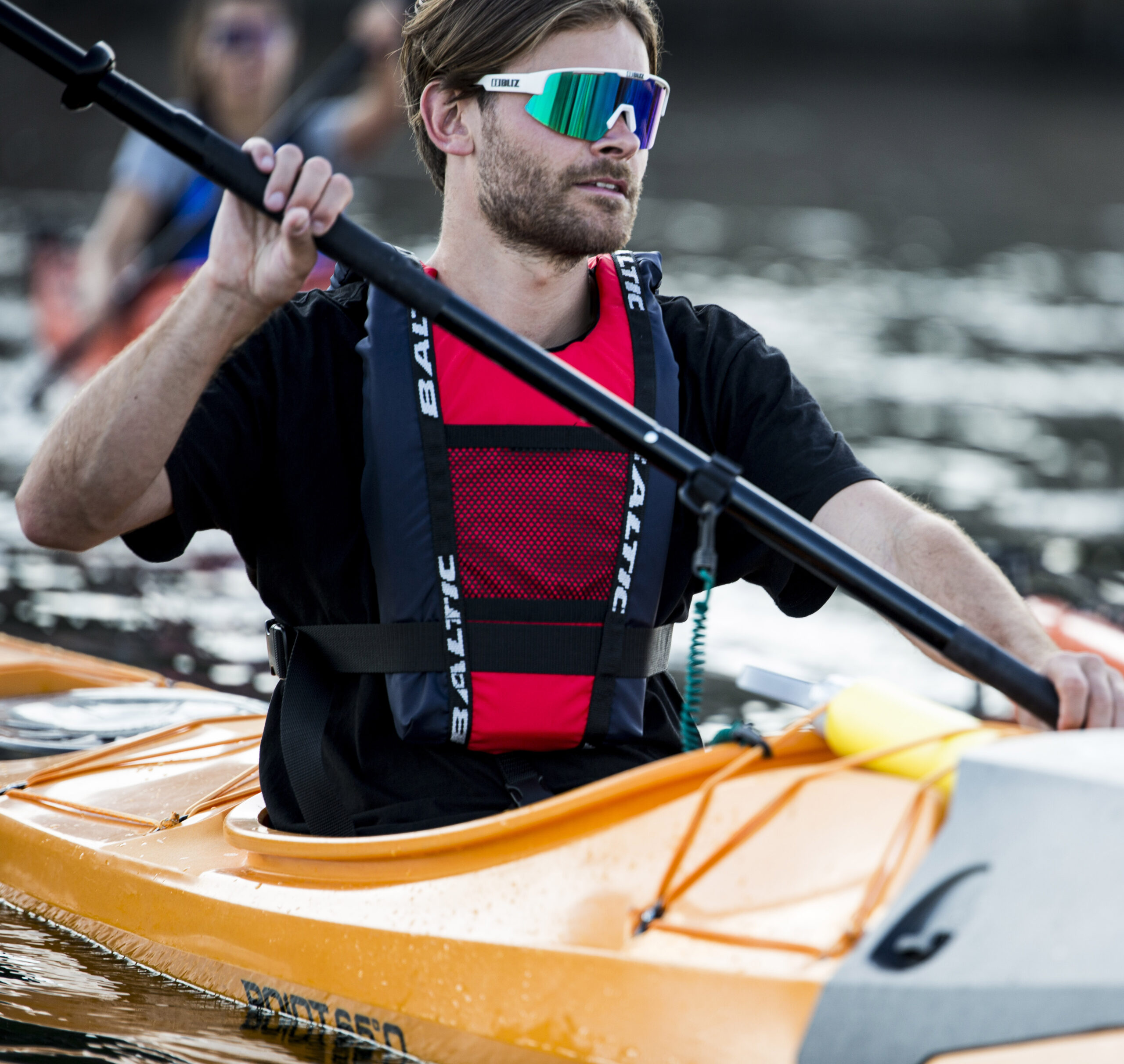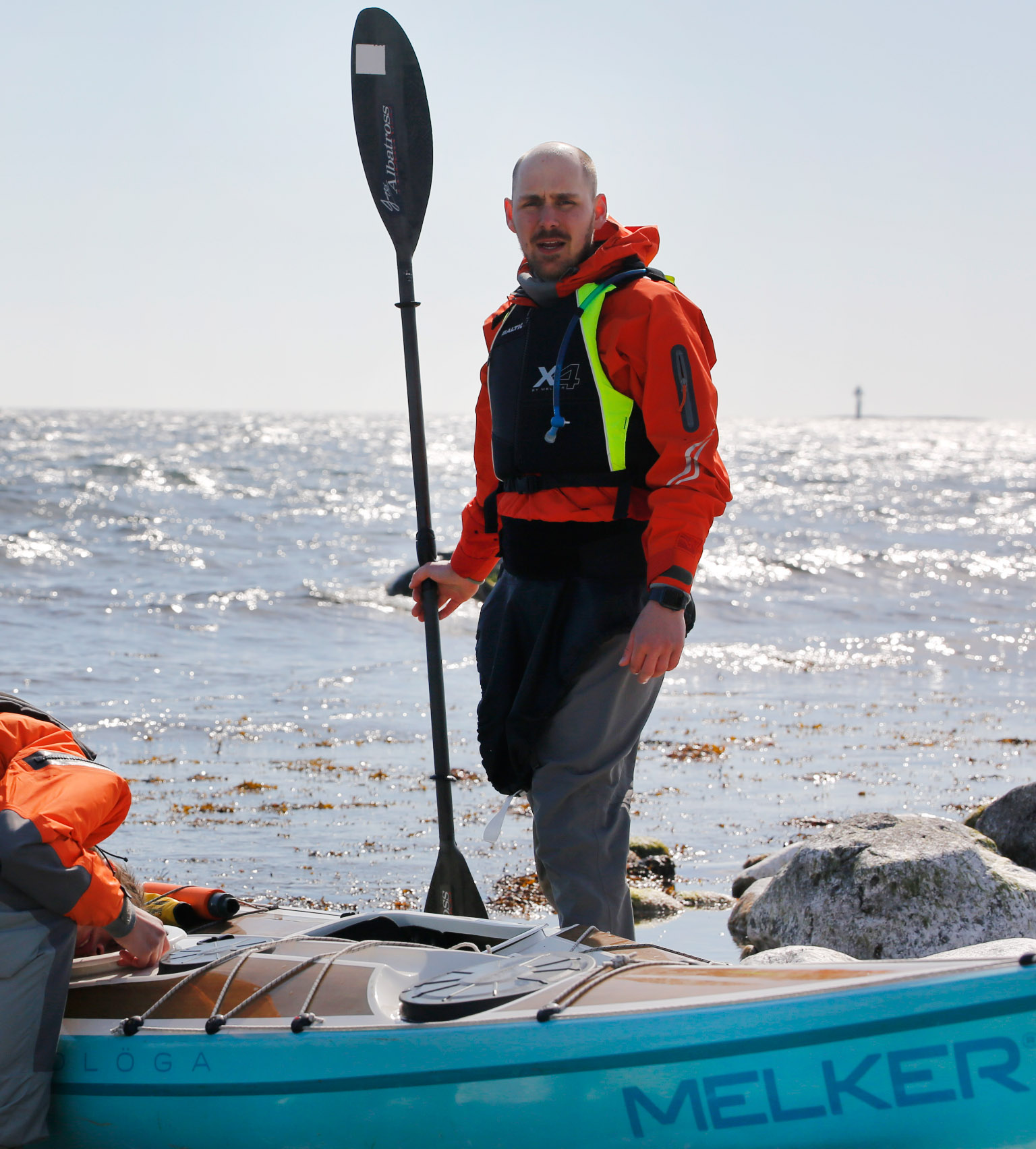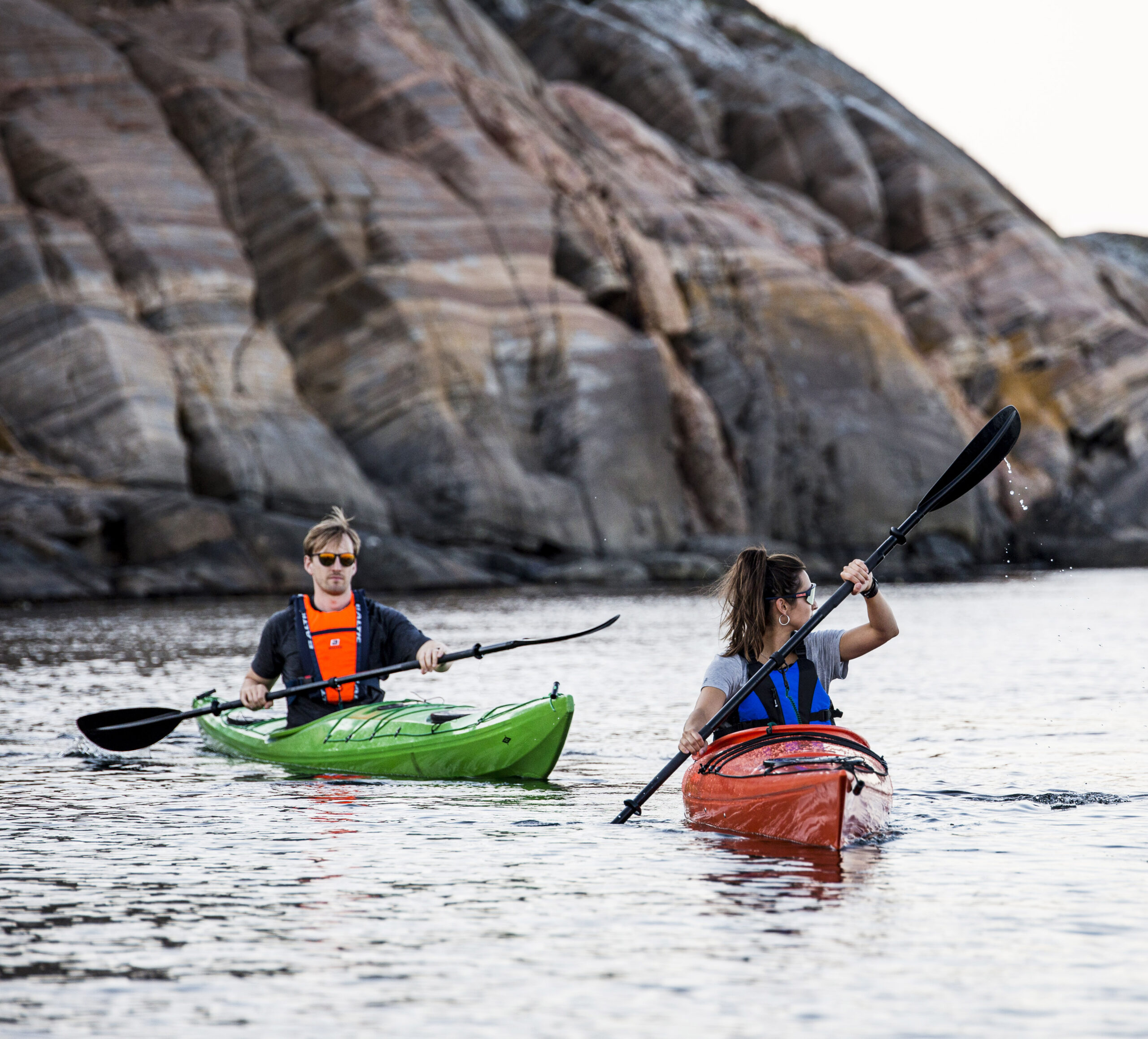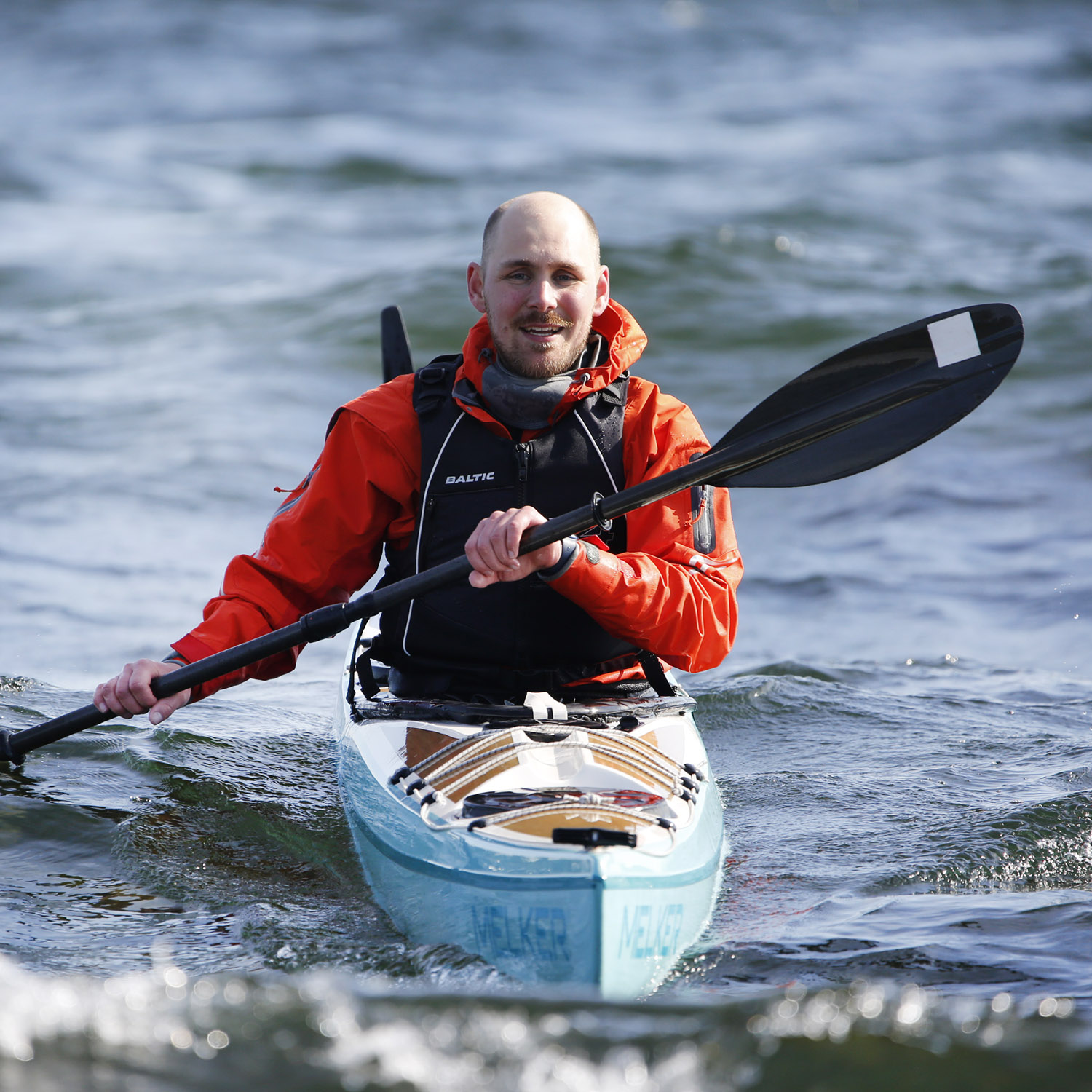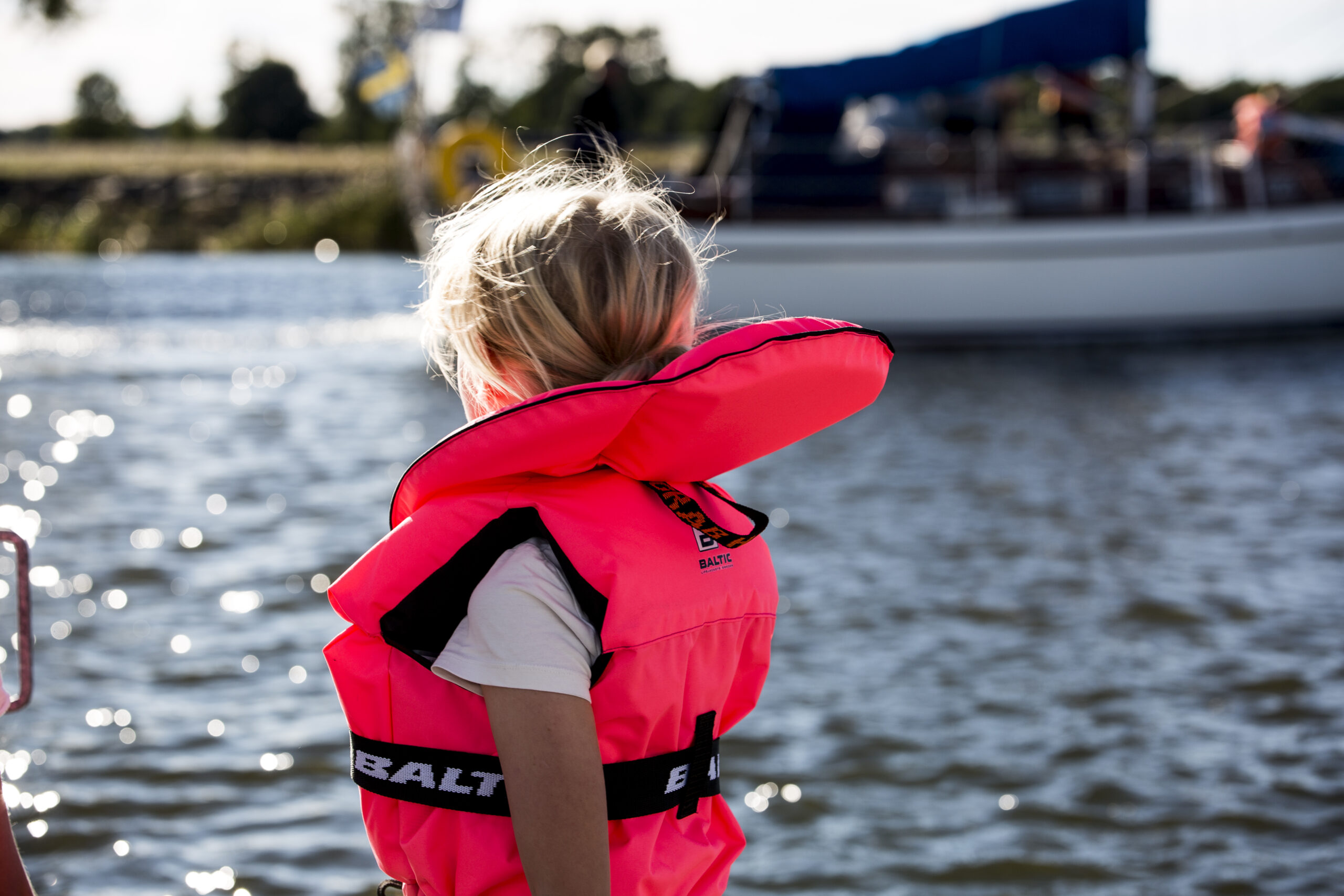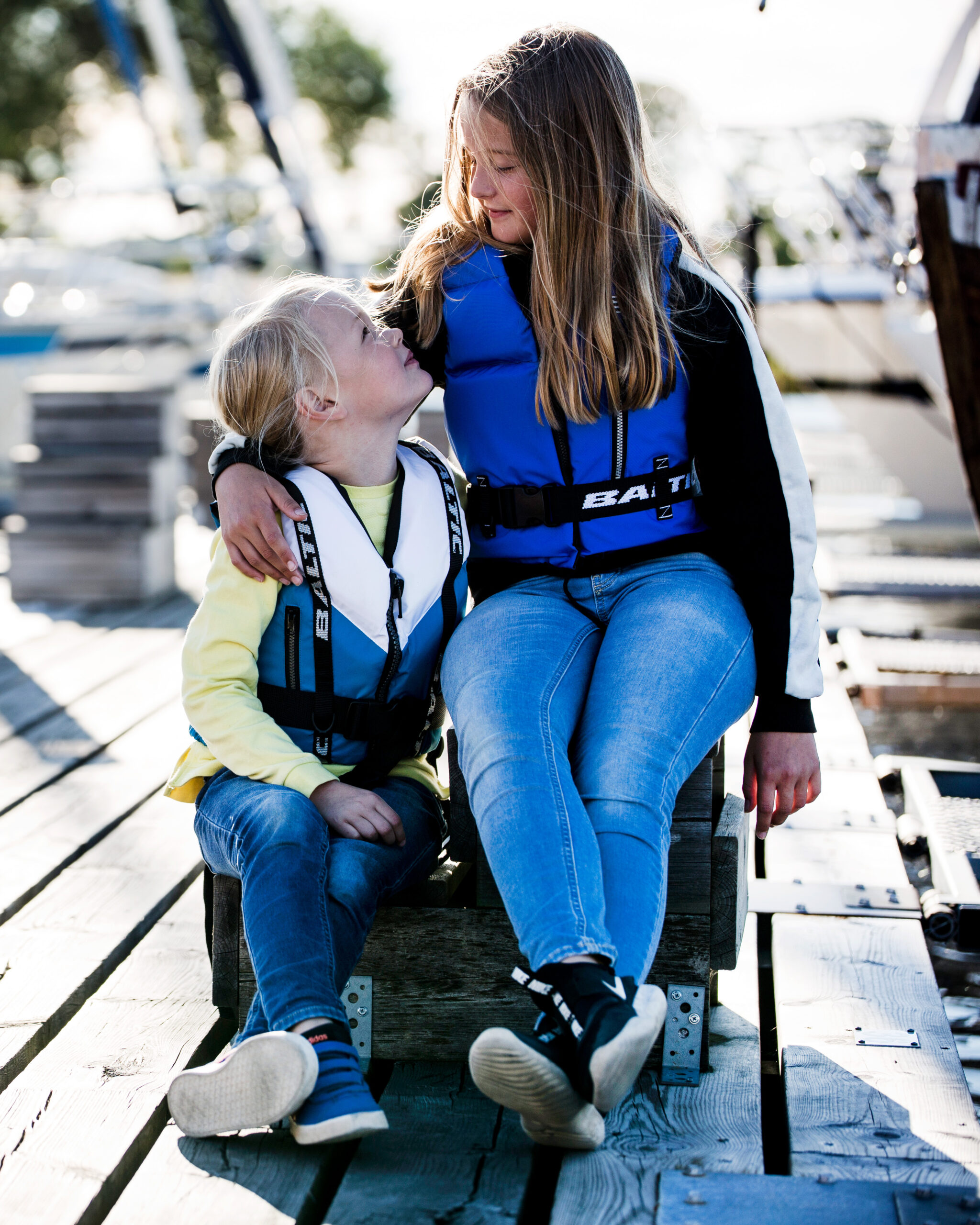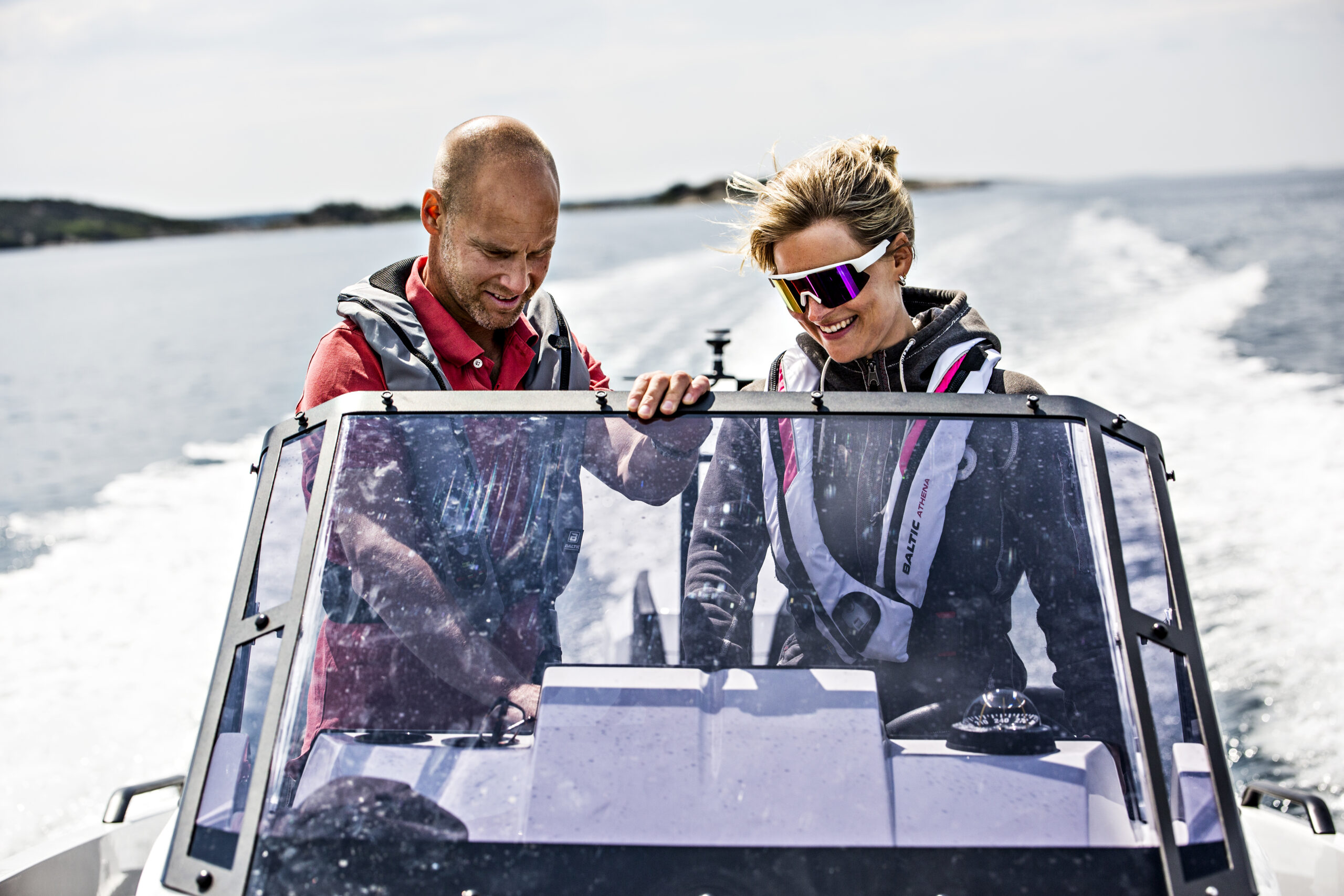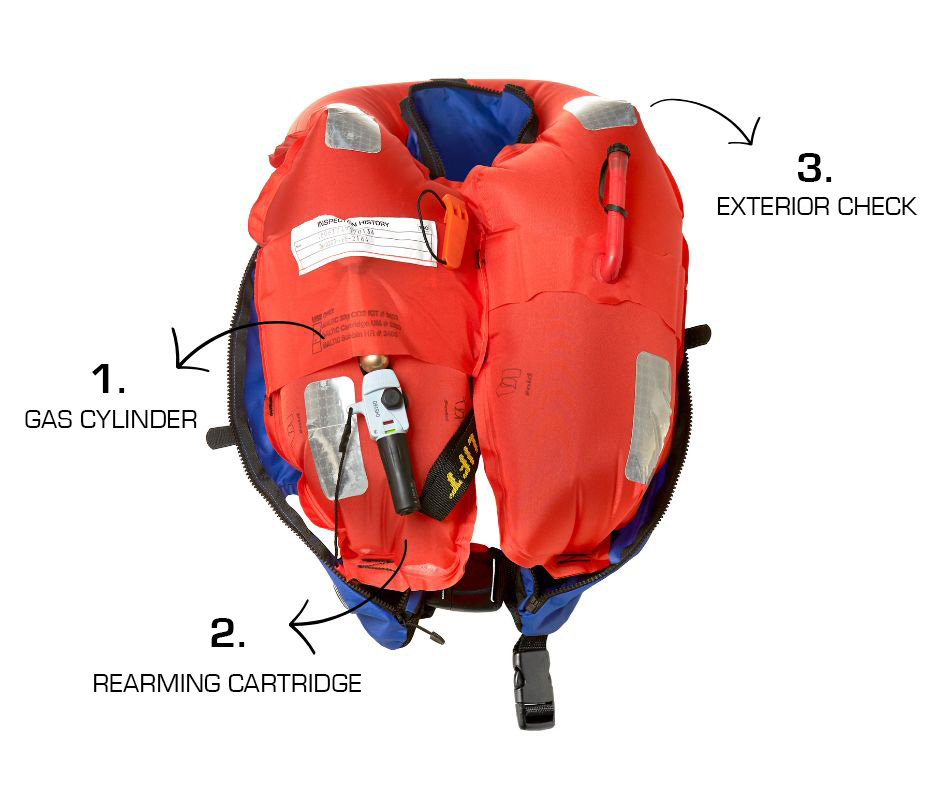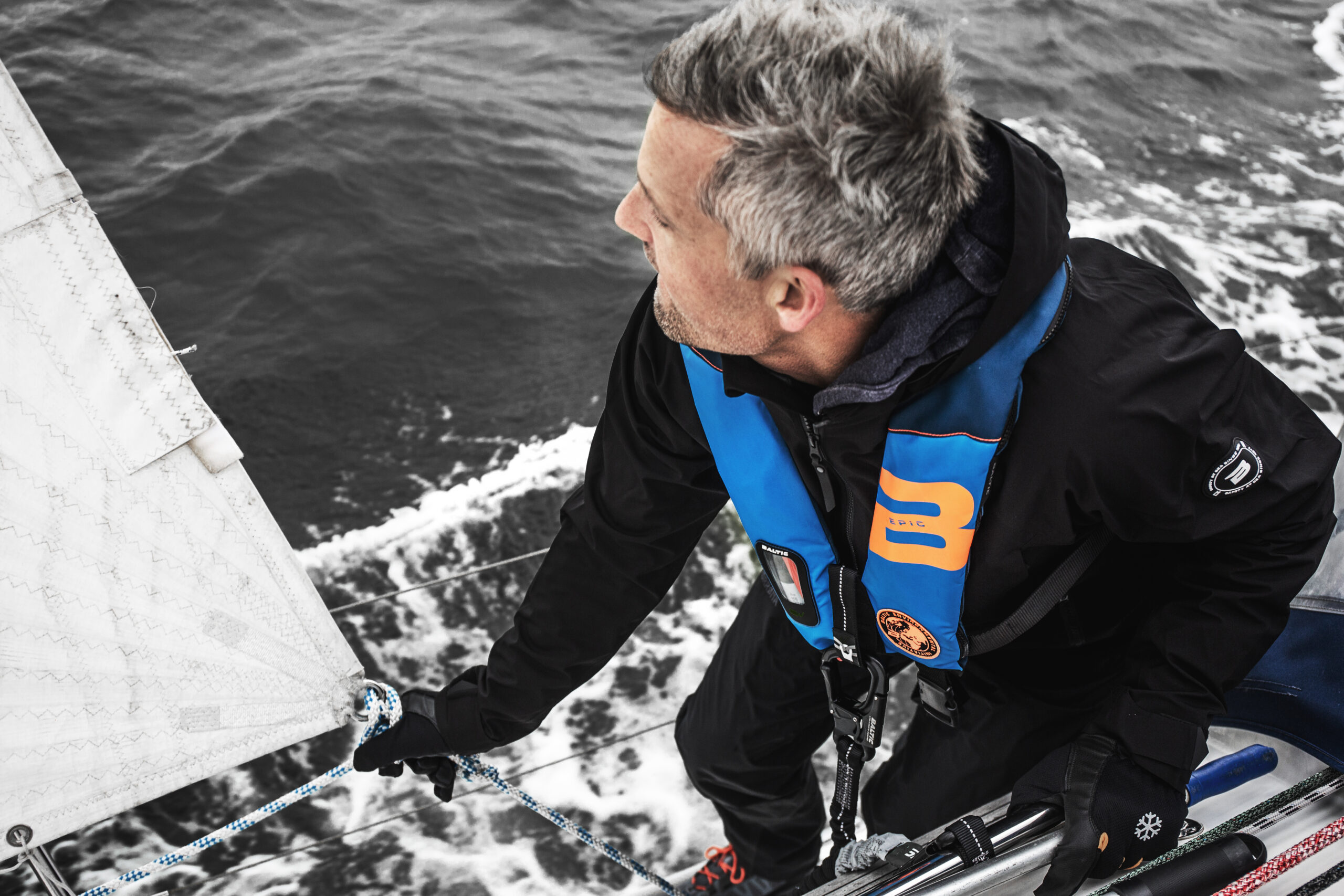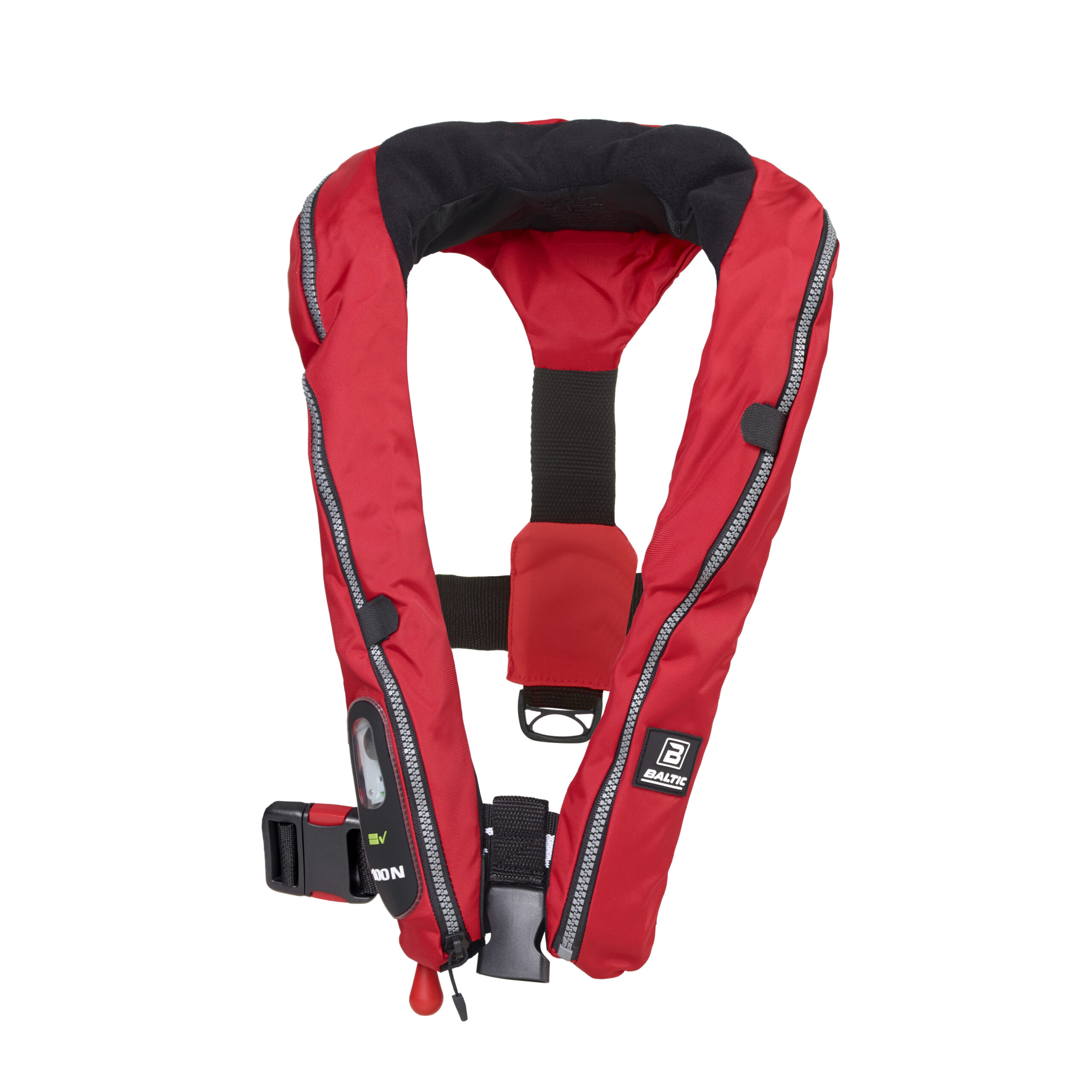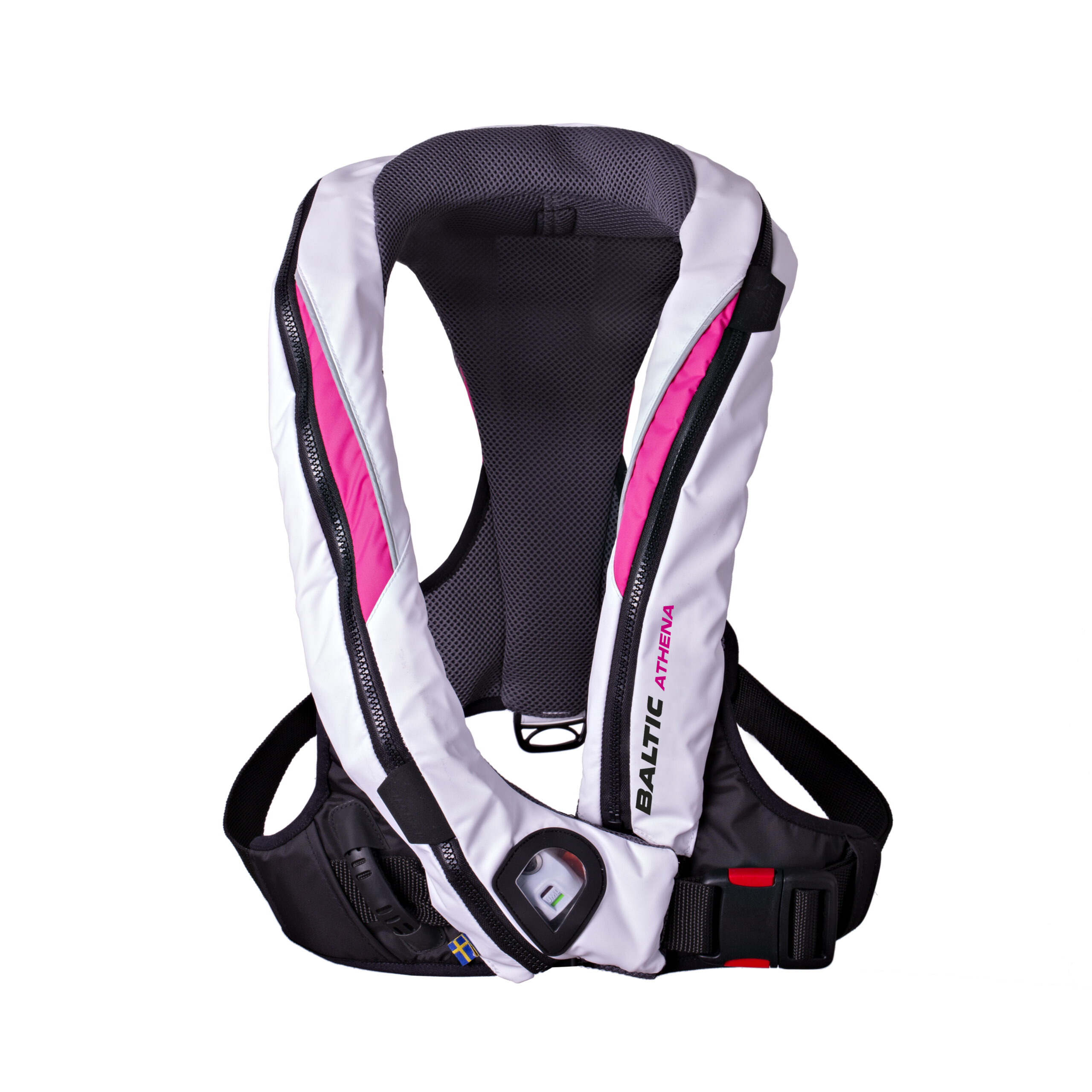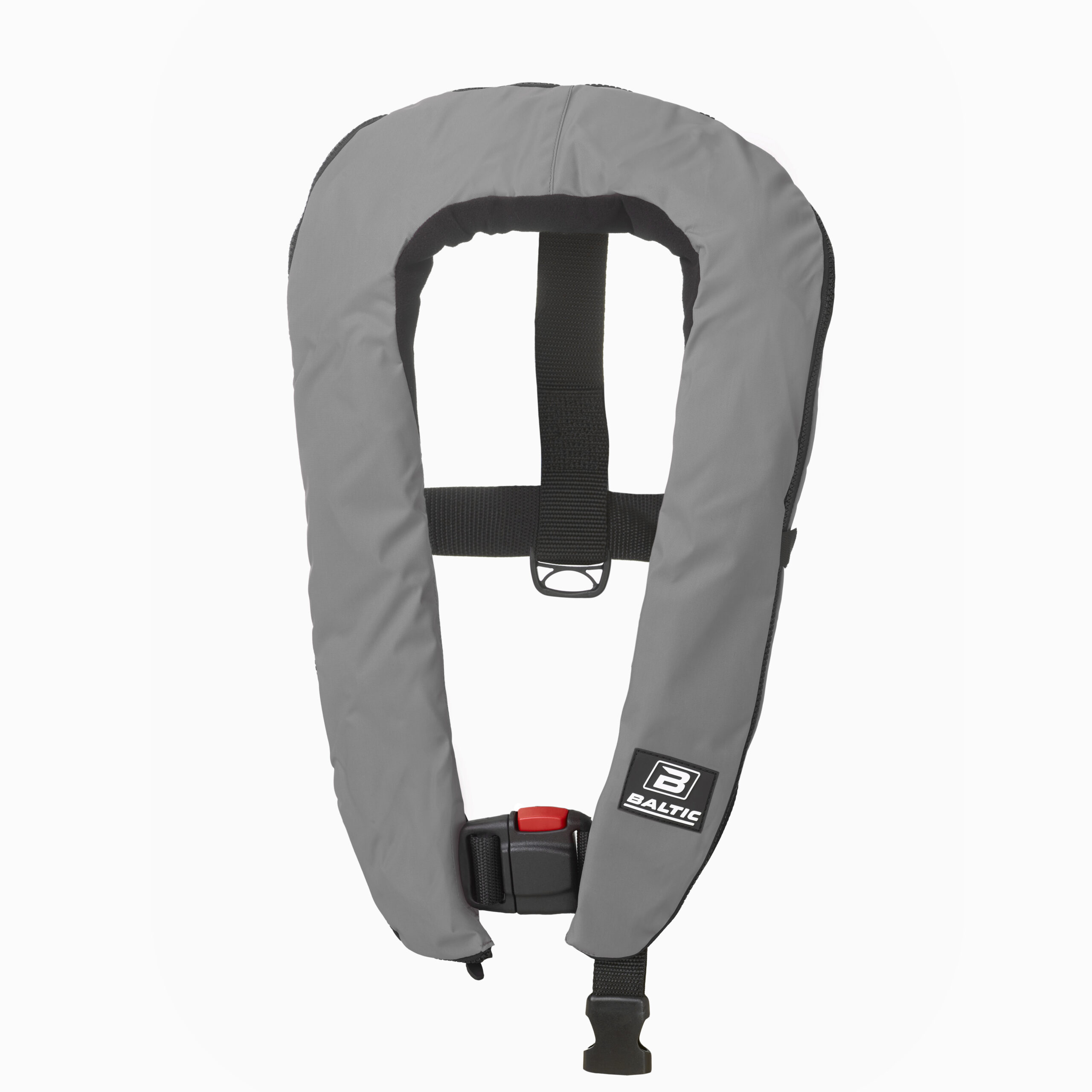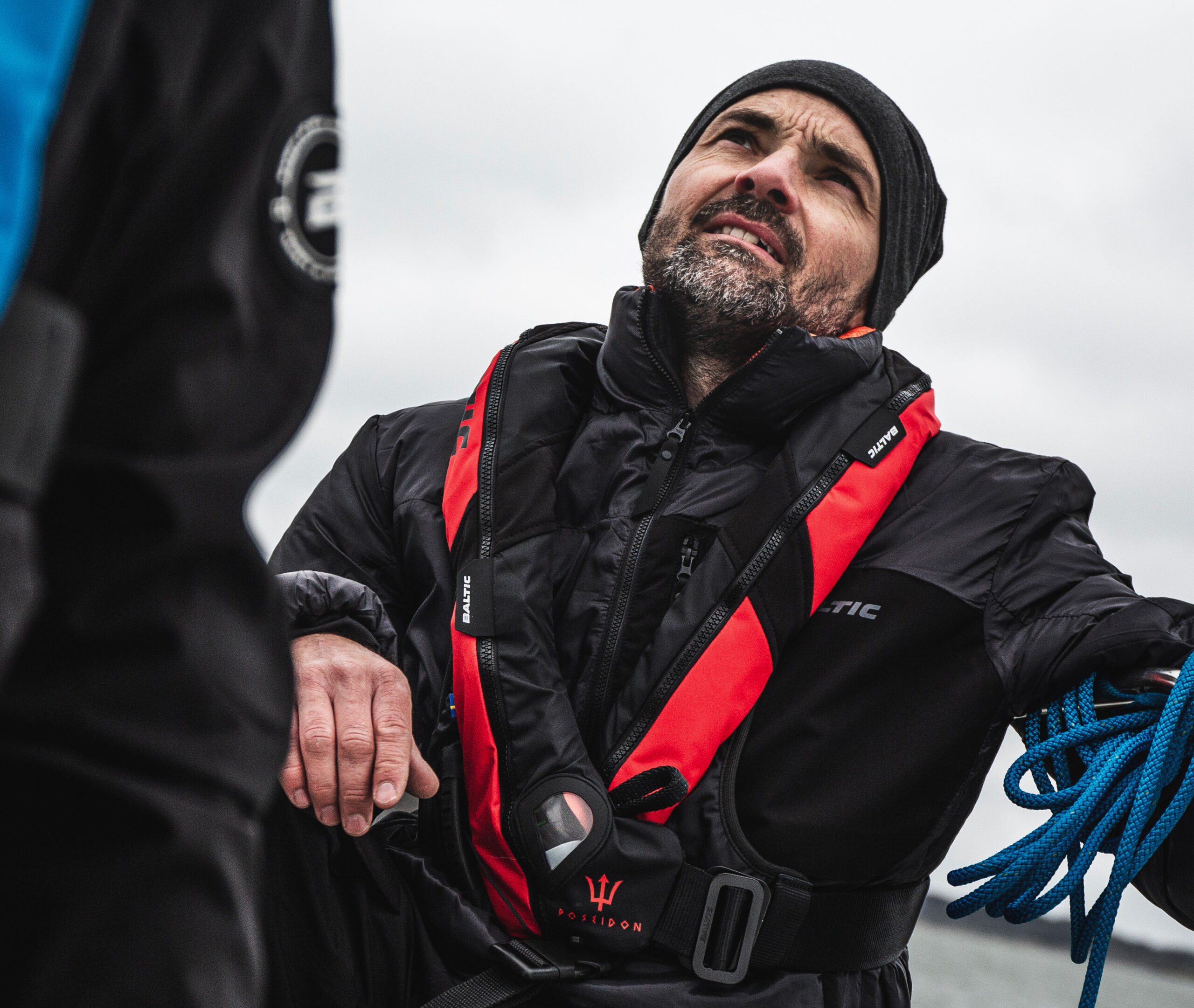
Staying Safe on the Water in Cold Weather
Cold days on the water can be magical – the crisp air, the quiet, and the low winter sun make it a special experience. But when the temperature drops, the rules change. Cold water, quick weather shifts and heavier clothing all demand more planning and awareness. Here are our best tips to help you enjoy the season safely.
COLD WATER SAFETY
Cold water is one of the biggest risks during the colder months. When the temperature drops below 15°C, the body loses heat quickly and movement and judgement are affected within minutes. That’s why it’s important to always wear a lifejacket or flotation clothing. Let someone know where you’re going and pack spare clothes in a waterproof bag.
💡 SAFETY TIP: When it gets colder, we wear more layers — but thicker clothing also weighs more in the water, reducing buoyancy. Choose an inflatable lifejacket instead of a 50N foam vest during this season. It provides better buoyancy without limiting your movement.
Simple steps that make a big difference:
- Check the gas cylinder and rearming cartridge if you’re using an inflatable lifejacket.
- Make sure the whistle and reflective patches are in place.
- Test zippers and buckles to ensure they’re working properly.
- Check that the vest fits well and provides enough buoyancy.
- Rinse your lifejacket in fresh water after use and let it dry before storage.
A well-maintained lifejacket gives you confidence and freedom to enjoy your time on the water. Being prepared can truly save lives.
DRESS RIGHT FOR COLDER WEATHER
When the temperature drops, function and comfort matter more than ever. It’s not just about staying warm — it’s about staying safe and being able to move freely.
Follow the layering principle:
- Base layer – wicks away moisture.
- Mid layer – provides insulation and warmth.
- Outer layer – protects against wind, rain and spray.
If you fish, drive a boat or work close to the water, a flotation suit is a great choice. It keeps you warm, dry and buoyant without feeling bulky.
SAFETY ALL YEAR ROUND
Cold weather doesn’t mean you have to take a break from boating. With the right preparation, gear and planning, you can enjoy the freedom of the water — all year round.
Baltic’s lifejackets and flotation clothing are designed to perform in every season. Built to handle wind, rain and salt, they combine comfort, mobility and safety – so you can focus on the experience, not the conditions.
